What Actually Happens in Family Therapy?
Demystifying the Process and What You Can Expect
When you hear the words “family therapy,” what comes to mind? Maybe a picture of everyone sitting in a circle, nervously airing grievances. Or maybe you imagine a referee-like therapist trying to mediate arguments. If you’re curious about what really happens in family therapy, you’re not alone—and we’re here to clear things up.
At Moonrise Therapy and Wellness, we understand that reaching out for support as a family takes courage. And knowing what to expect can make the first step feel less intimidating.
What Is Family Therapy?
Family therapy is a type of counseling that helps family members improve communication, resolve conflicts, and strengthen their relationships. It’s not about placing blame or labeling someone as “the problem”—instead, it focuses on the family system as a whole, and how patterns of interaction may be contributing to distress.
So… What Actually Happens in a Session?
While every family and therapist is different, here’s a general idea of what you can expect:
1. The Therapist Helps Set the Tone
Family therapy starts with building trust. Your therapist will create a safe, neutral space where everyone has a voice. In the first session, they’ll likely ask questions to learn about:
What brings you in
Family dynamics and history
Each person’s perspective and goals
You don’t have to share everything all at once. The therapist will guide the process gently.
2. Everyone Gets a Chance to Speak (Without Interruption)
Family therapists are skilled facilitators. They’ll make sure each family member has time to express themselves—especially those who may feel silenced or overlooked at home.
You’ll practice listening as well as speaking. This can be eye-opening: many families realize they haven’t really heard each other in a long time.
3. Patterns Are Identified and Explored
The therapist will help uncover repeating cycles of conflict or miscommunication. For example:
A child acting out might be signaling tension between parents.
One sibling may take on a “peacemaker” role, while another expresses anger for the whole family.
A parent’s stress at work might be affecting the household tone.
Understanding these patterns helps the family see the big picture—and opens the door to change.
4. Skills Are Taught and Practiced
Family therapy isn’t just talking—it’s learning how to interact differently. Your therapist may teach:
Healthy communication (listening, expressing needs, setting boundaries)
Conflict resolution strategies
Emotional regulation tools
Ways to support each other’s growth
You’ll often be given things to reflect on or practice between sessions.
5. The Focus Stays Flexible
Some sessions may focus more on a child, teen, or couple, depending on what’s needed. Other times, the whole family will work together. The therapist will adjust based on your goals and progress.
Who Is Family Therapy For?
Family therapy can help with a wide range of challenges, including:
Parent-child conflict
Divorce, separation, or blending families
Teen behavioral issues
Mental health concerns in one or more members
Grief or major life transitions
Communication breakdowns
Family trauma or generational patterns
Even high-functioning families can benefit—it’s about deepening connection, not just fixing problems.
Healing Happens in Relationships
At Moonrise Therapy and Wellness, we believe that families are living systems, and every member affects the whole. With the right support, even long-standing patterns can shift.
Family therapy is not about being perfect—it’s about showing up with curiosity, compassion, and a willingness to grow together.
Ready to Begin?
If you’re wondering whether family therapy might help your family reconnect and thrive, we’d love to talk with you. Our experienced therapists create a warm, nonjudgmental space where healing and hope can begin.
Schedule a free consultation today—and take the first step toward a more connected, resilient family.
